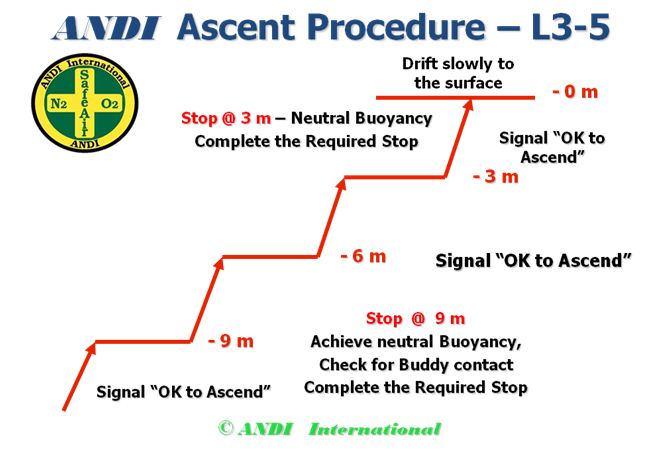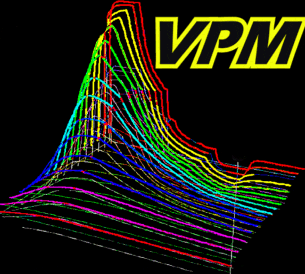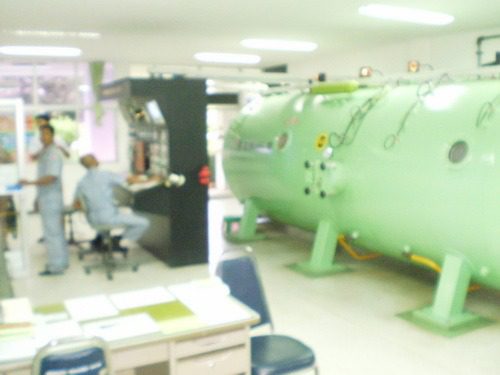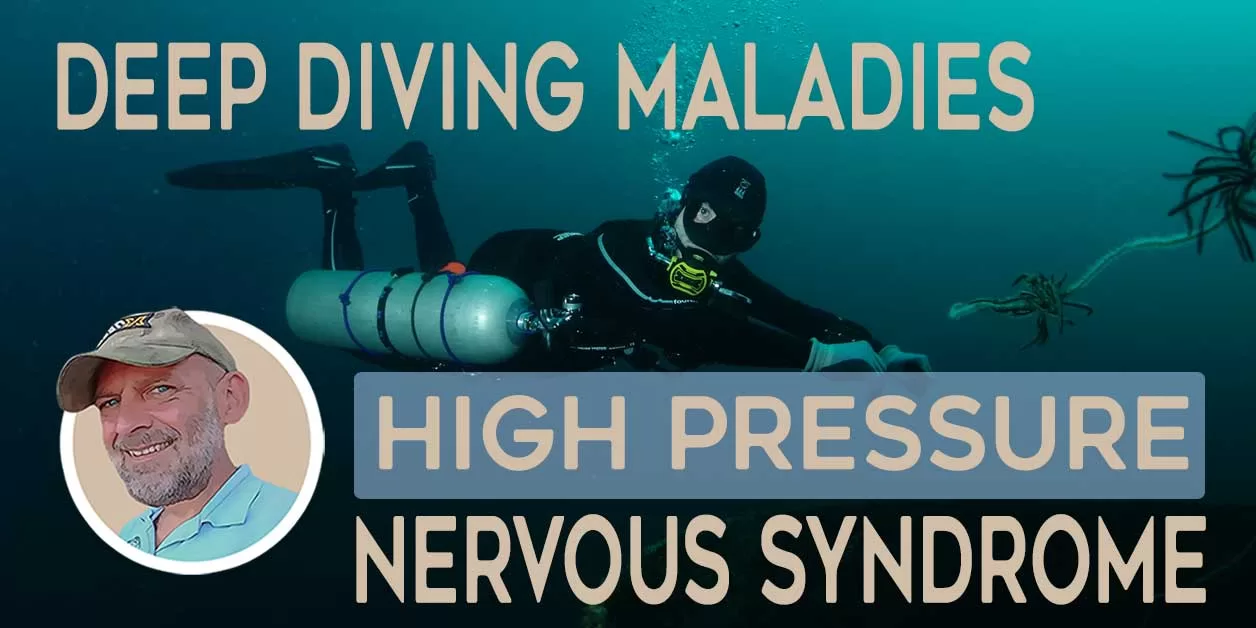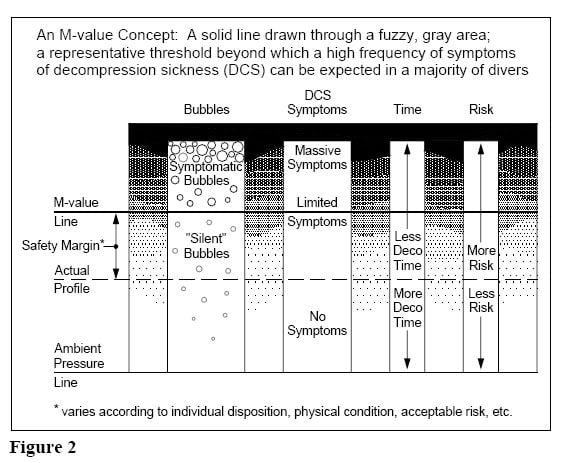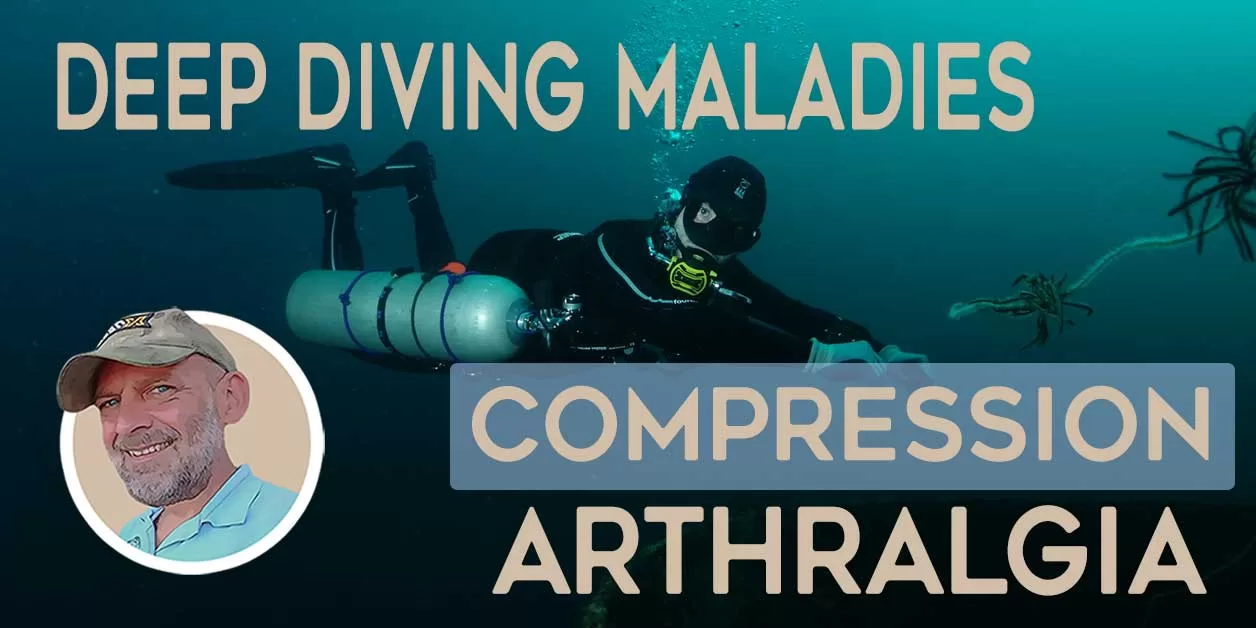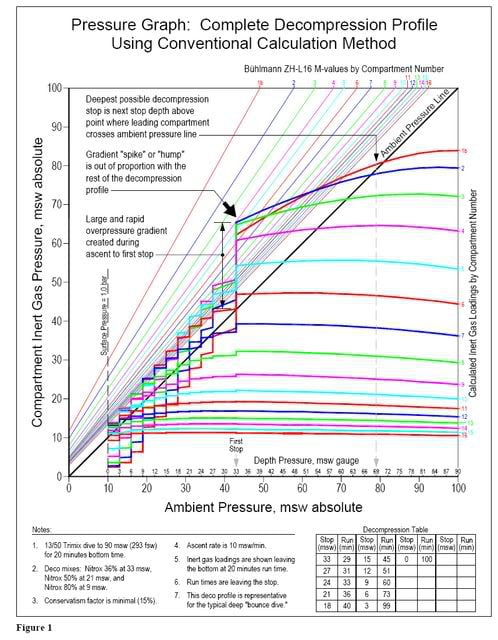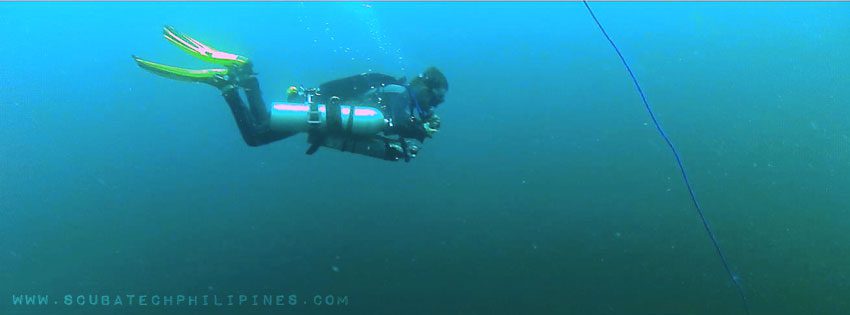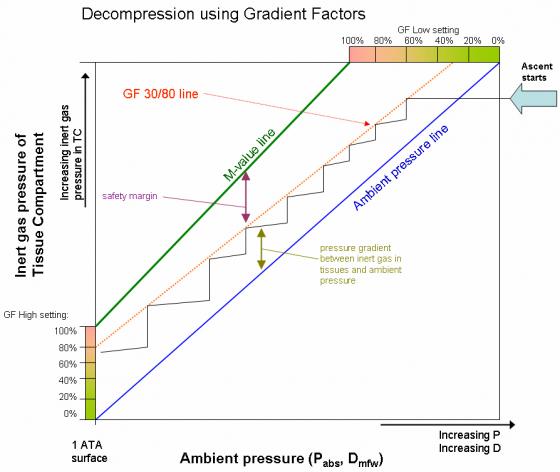Technical Diving Standard Gas Mixes
Are you an avid diver looking to take your skills to the next level with technical diving? If so, then understanding gas mixes is crucial for your safety and success. Technical diving involves diving deeper and longer than recreational diving, requiring specialized equipment and knowledge. In this article, we will discuss technical diving standard gas mixes. Whether you are a seasoned technical diver or just starting, this guide will provide you with essential information to help you plan your dives and stay safe underwater.
Technical diving is a form of scuba diving that involves exceeding the typical recreational limits imposed on depth and immersion time (bottom time) and may involve the use of accelerated decompression and/or variable gas mixtures during a dive. One aspect of technical diving is the use of specialized gas mixes to minimize the risk of oxygen toxicity and nitrogen narcosis at depth. These specialized gas mixes are referred to as “standard gases” in the technical diving community.
The purpose of using standard gases in technical diving is to maintain a maximum partial pressure of oxygen (PO2) of 1.2-1.3 bar for the working portion of the dive and an equivalent narcotic depth (END) of no greater than 30 meters or 100 feet. This helps to minimize the risk of oxygen toxicity and nitrogen narcosis, both of which can be dangerous at depth.
Best mix versus standard mix for technical diving
There are two approaches to selecting the gas mix for a technical dive: Best Mix and Standard Mix. Best Mix refers to calculating the gas mix based on the planned depth of the dive to ensure the maximum PO2 and END are not exceeded. In contrast, Standard Mix refers to using predetermined gas mixes that meet the criteria for maximum PO2 and END for a given depth range. The use of Standard Mixes has the advantage of simplifying dive planning and communication between divers and dive teams.
The most common gas mixture used in recreational diving is compressed air, which is a blend of 21% oxygen, 78% nitrogen, and 1% trace gases. However, for technical diving, trimix is commonly used.
Trimix is a blend of oxygen, nitrogen, and helium that replaces part of the oxygen and nitrogen with helium to allow divers to go beyond the limits of recreational diving with less risk of oxygen toxicity and nitrogen narcosis.
In summary, standard gases are a set of predetermined gas mixes that meet the criteria for maximum PO2 and END for a given depth range, and they are commonly used in technical diving to minimizing the risk of oxygen toxicity and nitrogen narcosis. Trimix is a commonly used gas mixture in technical diving that replaces part of oxygen and nitrogen with helium.
Why technical diving standard gas mixes are useful
Knowledge of optimal gas mix selection is critical to the technical diver. The graph below simply correlates bottom depth against a desired END. It is consistent with the tech community standard of 1.4ppO2 for the working phase of the dive.
Recommendations for technical diving gas selection
I HIGHLY RECOMMEND never diving with an equivalent narcotic depth (END) over 30m if entering a complex overhead environment.
Similarly, attention should be paid to the DAN gas density recommendations. These limit air diving below 33m.
Environmental conditions and other factors; such as cold water or exertion, should be accounted for when determining a suitable END. Always dive within personal limits, ability, and training.
Technical diving standard gas mixes table
The chart does not substitute for accurate technical dive planning utilizing appropriate decompression software.
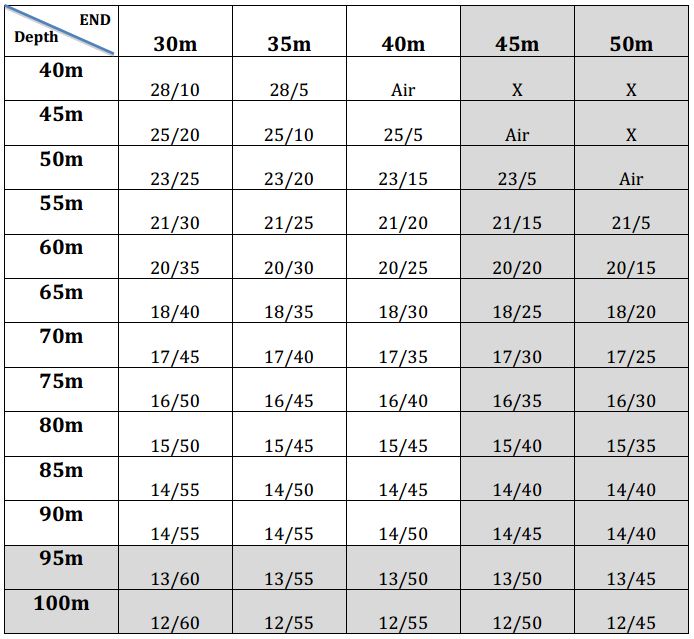
***WARNING***
USE AT YOUR OWN RISK
GUE and the use of standard technical diving gases
GUE (Global Underwater Explorers) is a diving organization that pioneered standardized breathing mixtures.
These gases maintain:
- Maximum PO2 of 1.2-1.3 bar for the working portion of the dive. Equivalent narcotic depth (END) ? 30 m/100 ft
- PO2s during ascent to a maximum of 1.4 bar for deep decompression
- 1.6 for 6m/20 ft decompression using standard deco mixes.
The selection of standard mixes is based on several criteria. These include the ability to partial pressure blend by adding helium and then topping with Nitrox 32%. This helps simplify gas blending at a local site or in remote areas.
By using standardized breathing mixes, GUE ensures consistency within the team. In turn, this helps the divers learn the decompression schedule more easily.
Technical diving standard gases
In conclusion, understanding technical diving standard gas mixes is essential for every technical diver. It not only helps to mitigate known gas-related risks but also helps to standardize team diving. With the right knowledge and training, technical diving can be a thrilling and rewarding experience.
Remember to always plan your dives carefully. This should include the type of gas mix to use based on the depth, duration, and objectives of the dive. By doing so, you can ensure your safety and success while exploring the depths of the underwater world. So, get ready to dive deeper and stay safe with the right technical diving gas mixes.
About The Author

Andy Davis is a RAID, PADI TecRec, ANDI, BSAC, and SSI-qualified independent technical diving instructor who specializes in teaching sidemount, trimix, and advanced wreck diving courses.
Currently residing in Subic Bay, Philippines; he has amassed more than 10,000 open-circuit and CCR dives over three decades of challenging diving across the globe.
Andy has published numerous diving magazine articles and designed advanced certification courses for several dive training agencies, He regularly tests and reviews new dive gear for scuba equipment manufacturers. Andy is currently writing a series of advanced diving books and creating a range of tech diving clothing and accessories.
Prior to becoming a professional technical diving educator in 2006, Andy was a commissioned officer in the Royal Air Force and has served in Iraq, Afghanistan, Belize, and Cyprus.
In 2023, Andy was named in the “Who’s Who of Sidemount” list by GUE InDepth Magazine.
Purchase my exclusive diving ebooks!
Originally posted 2018-11-05 06:10:21.







